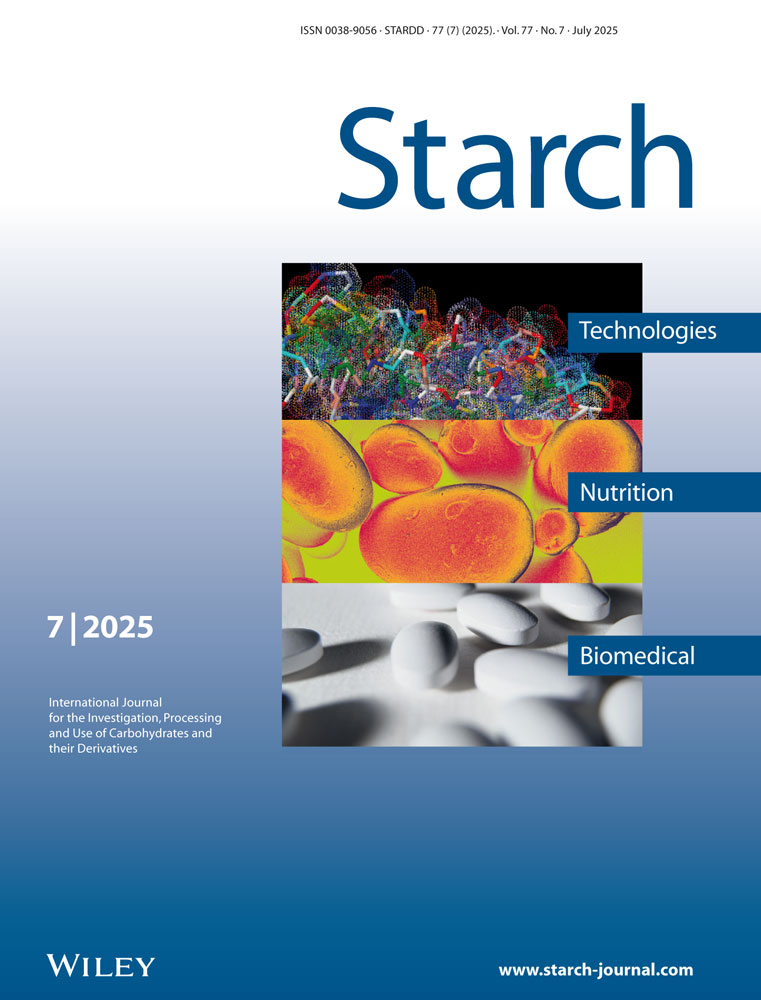Synthesis and Thermal Degradation of a Novel Starch Graft Copolymer Incorporating a Sulfobetaine Zwitterionic Monomer
Abstract
A novel starch graft copolymer containing sulfobetaine moieties in the side chains was synthesized by grafting the sulfobetaine zwitterionic monomer 3-dimethyl(methacryloyloxyethyl) ammonium propane sulfonate (DMAPS) onto potato starch in the presence of the ceric ammonium nitrate (CAN) / acid initiation system. The effects of the concentrations of CAN and DMAPS, the pH of the reaction medium and the polymerization temperature on the grafting reactions were investigated in terms of the grafting percentage (GP) and grafting efficiency (GE). When the CAN concentration, the pH of the reaction medium or the reaction temperature increased, GP and GE were found to first increase and then to decrease. The increase of DMAPS concentration resulted in a significant enhancement of GP and GE. Furthermore, the thermal degradation of such graft copolymer was studied under air atmosphere at various heating rates, and the corresponding activation energy of the degradation was determined by Ozawa's method.




